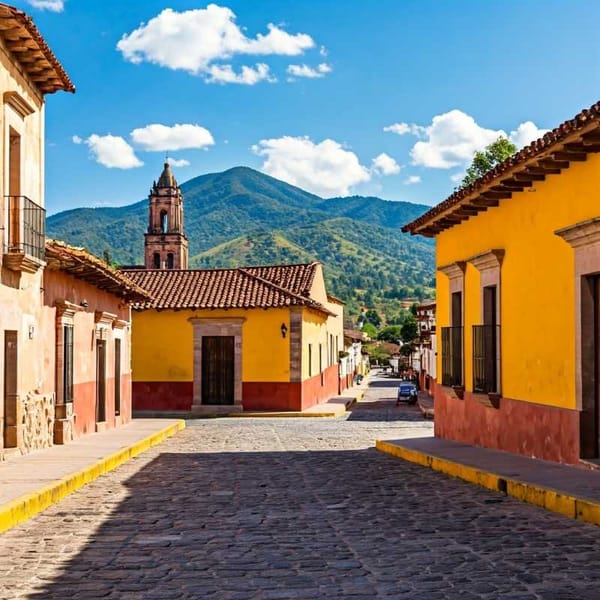How Mexico's Elderly are Making Waves in Policy and Perception
As we observe the demographic realities unfold, it is time that Mexican society, government, and institutions reframe their approach towards the elderly. Aging is not a burden but a natural life stage that we should prepare for, respect, and celebrate.

According to the National Survey of Occupation and Employment New Edition by Mexico’s National Institute of Statistics and Geography, as of the second quarter of 2022, nearly 18 million people aged 60 and over resided in the country. This accounts for a substantial 14 percent of Mexico's total population. However, the societal perspective and policies concerning the elderly are lagging. Guadalupe Cañongo León, an academic at the National School of Social Work, boldly declares: Mexico is officially an aging nation.
The demographic breakdown is noteworthy. Of the 14% that constitutes the elderly population, 13 percent are men, and 15 percent are women. Age-wise, a majority (56%) falls into the 60-69 age bracket. As age increases, the proportion shrinks, with 30 percent between 70 and 79 and just 14 percent aged 80 and over.
Elderly Care and Perception
Cañongo León stresses that society at large has undervalued, ignored, and even discriminated against this growing demographic. She argues that the “social debt” we owe to this cohort is enormous. Far from being passive retirees living out their last days, this is a vibrant and rapidly expanding group, with increasing life expectancies of 72 to 74 years for men and 76 to 77 for women. Their rights to health, education, freedom from violence, and recreational spaces must be universally acknowledged.
Cañongo León celebrates Mexico’s recent ratification of the Inter-American Convention on the Protection of the Human Rights of Older Persons, a move that obligates institutions to enact beneficial policies for the elderly. This ratification, officially published on January 10, 2023, reaffirms the constitutional rights of the elderly, adding the weight of international law.
Though legal strides have been made, Cañongo León points out that society is woefully unprepared for aging, particularly when it comes to preventive healthcare. The common misconceptions associate aging with dependency and illness, despite the three leading causes of death among the elderly—heart disease, diabetes mellitus, and malignant tumors—being largely preventable through lifestyle adjustments.
Economic Indicators
Recent data shows some promise. The National Council for the Evaluation of Social Development Policy revealed that elderly poverty rates have decreased from 42.5 percent in 2016 to 37.9 percent in 2020. Yet, there’s much ground to cover.
Institutions like the National School of Social Work are focusing on gerontological research and offering courses for the public. Notable programs include the Apptivate Project, aimed at digitally empowering the elderly, and the Diploma on Successful Aging, which covers a range of issues from nutrition to legal matters such as wills and retirement.
Cañongo León also addresses the broader societal need to reconceptualize aging. She points out that ageism exists alongside a host of other stigmas, like the unfounded notion that people lose their sexual identities as they age. She calls for the abolishment of terms like “Grandparents' Day” in lieu of National Day of the Elderly, criticizing the narrow and gendered language that underplays the role and needs of this diverse age group.
As we observe the demographic realities unfold, it is time that Mexican society, government, and institutions reframe their approach towards the elderly. There are tangible ways to mitigate the “social debt” we owe them, from healthcare to economic policy and beyond. Aging is not a burden but a natural life stage that we should prepare for, respect, and celebrate. The clock is ticking; the time for action is now.




